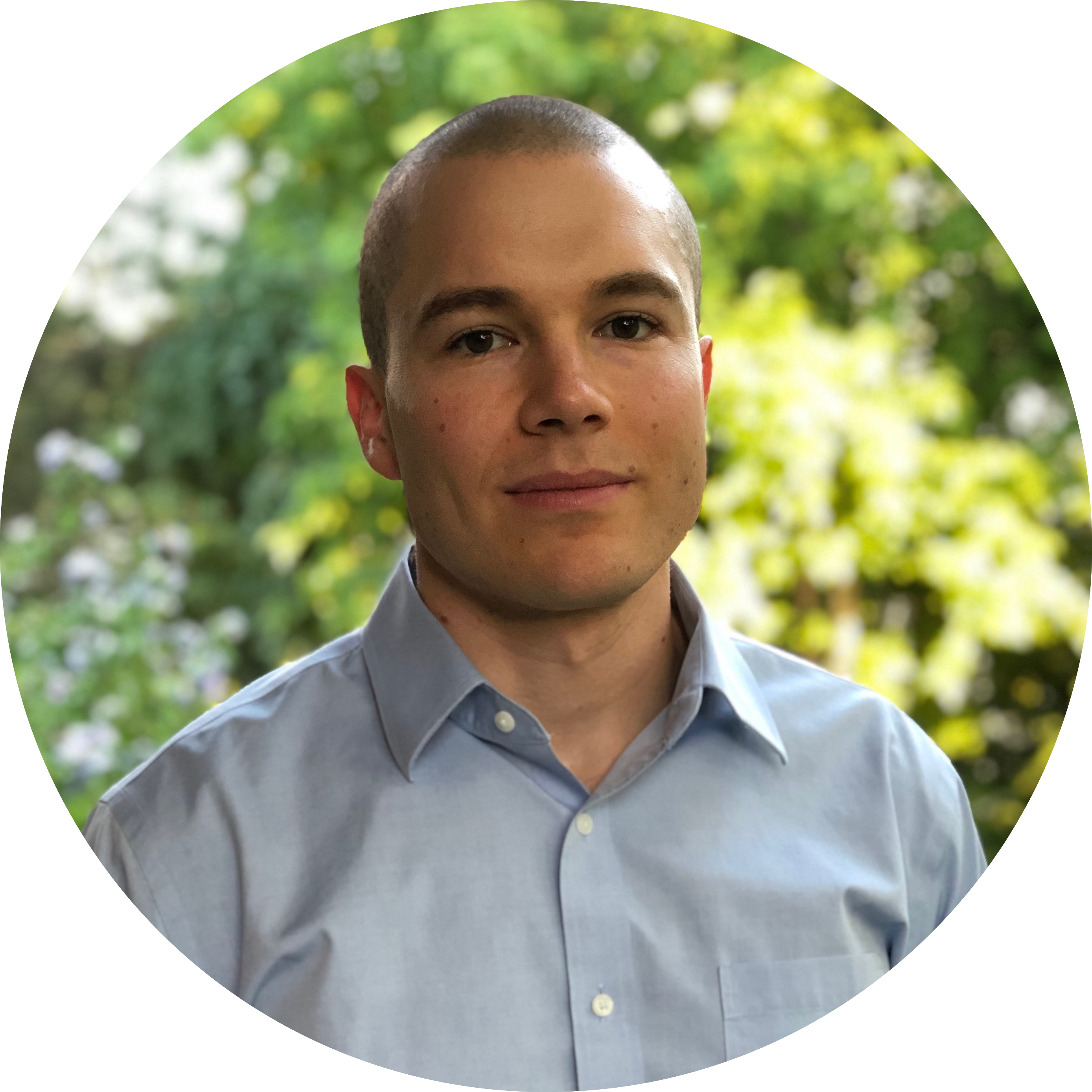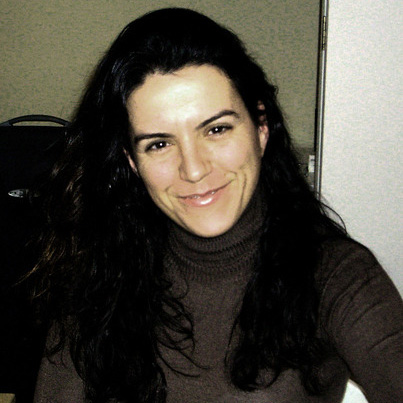Plenary speakers
Plenary-01 : Arthur Winfree Prize
Monday, July 17
Santiago Schnell
Dean of the College of Science; Professor of Biological Sciences; Professor of Applied and Computational Mathematics and Statistics
University of Notre Dame, USA
Better approximations can’t make up for poor experiments: Enzyme kinetics as case study
Abstract:
Enzymes are essential for life, catalyzing the chemical reactions that allow our cells to function. However, the experimental uncertainty of physical constants for enzyme-catalyzed reactions can lead to irreproducible measurements and inaccurate models. In this study, we estimated the experimental uncertainty of the Michaelis constant, one of the most used enzyme constants in mathematical models, for enzyme catalyzed reactions measured under 'identical' experimental conditions. We found that the mean error of Michaelis constant measurements is estimated to be up to 10.8 fold units. Our analysis reveals that the experimental uncertainty is not due to mathematical approximations derived by mathematical biologists, but rather to biases in experiment design and data reporting. These findings highlight the need for greater standardization of measurements for physical constants in the life sciences, as this will improve our ability to develop and implement predictive models. If mathematical biologists want to develop predictive models that are accurate and reliable, they need to play a more active role in the standardization of measurements in the life sciences.
Plenary-02 : C. A. Akira Okubo Prize
Monday, July 17
Ivana Bozic
Associate Professor, Department of Applied Mathematics
University of Washington, USA
Evolutionary dynamics of tumor progression
Abstract:
Cancer is a result of a stochastic evolutionary process characterized by the accumulation of mutations that are responsible for tumor initiation, progression, immune escape, and drug resistance, as well as mutations with no effect on the phenotype. Mathematical modeling can be used to describe the dynamics of tumor cell populations and to obtain insights into the hidden evolutionary processes leading to cancer. I will present recent approaches to quantify evolutionary dynamics of chronic lymphocytic leukemia and colorectal cancer in patients, and their implications for interpretation of cancer sequencing data.
Plenary-03 : Leah Edelstein-Keshet Prize
Tuesday, July 18
Trachette Jackson
Assistant Vice President for Research – DEI Initiatives; Professor of Mathematics; University Diversity and Social Transformation Professor
University of Michigan, USA
Multiscale Models for Understanding Tumor-Immune Dynamics and Optimizing Immune and Targeted Therapy Schedules
Abstract:
A substantial amount of medical research is now focusing on the molecular biology of individual tumors to selectively target pathways involved in tumor progression. Increased understanding of molecular mechanisms that mediate the pathogenesis of cancers is leading to careful manipulation of these pathways, and new cell-specific approaches to cancer therapy are now being developed. At the same time, advances in cancer immunotherapies have dramatically transformed the cancer treatment landscape. Using data-driven computational models is a powerful and practical way to investigate the therapeutic potential of novel combinations of these two very different strategies for clinical cancer treatment. This talk will showcase a suite of mathematical models designed to optimize the use of targeted drug treatment strategies in combination with immunotherapy. The goal is to gain a more robust understanding of how specific tumor mutations affect the immune system and ultimately impact the efficacy of combination therapy. Combined with existing and newly generated experimental data, these mathematical models are poised to improve the ability to connect promising drugs for clinical trials and reduce the time and costs associated with transitioning novel therapeutic approaches from equations to bench to bedside.
Plenary-04
Tuesday, July 18
SMB Past Presidents
Panel: SMB Past Presidents
Abstract:
A panel discussion from the Past-Presidents of the Society for Mathematical Biology including John Tyson, Leon Glass, Alan Hastings, Lou Gross, Avner Friedman, Fred Adler, Santiago Schnell, Denise Kirschner, Jane Heffernan, Heiko Enderling, Simon Levin, Stuart Kauffman, Leah Edelstein-Keshet, Mark Chaplain, Gerda de Vries, Alexander Anderson.
Plenary-05 : Lee A. Segel Prize for Best Paper & Student Paper
Wednesday, July 19
Presentations from Paper Prize Winners
Best paper:
Link to best paperPaper: "Targeting Cellular DNA Damage Responses in Cancer: An In Vitro-Calibrated Agent-Based Model Simulating Monolayer and Spheroid Treatment Responses to ATR-Inhibiting Drugs" by Sara Hamis*, James Yates, Mark A. J. Chaplain, Gibin G. Powathil
Bridging in vitro and in vivo research via mathematical modelling
Translating quantitative information between in vitro and in vivo research remains a scientifically and financially challenging step in preclinical drug development. However, mathematical models and computational tools can be used to bridge the gap between in vitro and in vivo research. To exemplify this, I will present a case study in which we used a data-driven, agent-based modelling approach to simulate both monolayers and spheroids of LoVo cells subjected to an anti-cancer drug that targets cellular DNA damage responses. The agent-based model (ABM) used in this study is governed by a set of empirically observable rules. By adjusting only the rules when moving between monolayer and spheroid simulations, whilst keeping the fundamental mathematical model and parameters intact, the ABM was first parameterised by monolayer in vitro data and was thereafter used to simulate treatment responses in spheroids subjected to dynamic drug delivery. Spheroid simulations were subsequently compared to in vivo data from xenografts in mice. The spheroid simulations were able to capture the dynamics of in vivo tumour growth and drug-mediated regression for approximately 8 days post tumour injection. Beyond this case study, I will also highlight how ABMs can be used to elucidate and quantify biological processes in preclinical cancer research.
Best student paper:
Link to best student paperPaper: "Designing Drug Regimens that Mitigate Nonadherence" by Elijah D. Counterman, Sean D. Lawley*
Designing drug regimens that mitigate nonadherence
Medication nonadherence is a well-known problem for pharmaceutical treatment of chronic diseases. Understanding how nonadherence affects treatment efficacy is made difficult by the ethics of clinical trials that force patients to skip medication doses, the unpredictable timing of missed doses by actual patients, and the many competing variables that can either mitigate or magnify the deleterious effects of nonadherence (pharmacokinetic and pharmacodynamic rates, dosing intervals, dose sizes, adherence rates, etc.). For these reasons, mathematical modeling is an important tool to combat nonadherence. In this talk, we use stochastic analysis to propose principles for designing drug regimens that are robust to nonadherence. In particular, we (1) answer practical questions for handling missed or late doses (skip the late dose? double the next dose?), (2) quantify the resiliency of extended release drugs to nonadherence, and (3) compare specific drugs in terms of how 'forgiving' they are to lapses in adherence. Mathematically, the models involve deterministic differential equations (describing pharmacokinetics and pharmacodynamics) subject to random input (describing patient nonadherence), and answering the questions above requires understanding how this stochastic forcing flows through the system.
Plenary-06 : John Jungck Prize
Thursday, July 20
Paul Macklin
Associate Professor of Intelligent Systems Engineering
Indiana University, USA
Research helps education helps research: countering the false research-vs-education dichotomy
Abstract:
Early- and mid-career scientists in tenure-track positions are often discouraged by senior scientists from seriously investing in teaching, mentoring, and education. By the conventional wisdom, time spent on education is time that cannot be spent on grants and publications that drive research success, tenure, and promotion. Compounded over individual career trajectories and the emergent culture of academia, this false research-vs-education dichotomy reduces the quality of teaching and mentoring, impairs the scholarship of teaching and learning, disincentivizes investments in undergraduate research, and can even lead to perceptions that service- and education-minded scientists are less serious than their peers. It doesn‘t need to be this way. I will share my experiences that run counter to the research-vs-education dichotomy. Integrating cutting-edge mathematical biology research in the classroom has boosted student engagement and encouraged undergraduates to pursue research, while also exposing areas for improvement in our open source research tools. Directly integrating undergraduate researchers into our primary lab mission has not only helped train the next generation of mathematical biologists, but also taught mentoring skills to our graduate students and postdocs, and helped our lab to explore new research paths. Moreover, an education mindset in our methods research has driven us to create training materials and hackathons that have boosted adoption, increased research impact, and helped foster new communities of collaborators. In my n=1 case, research helps education, and education helps research. I will close with a brief exploration on challenges and opportunities for integrating undergraduate research with experiential learning.
Plenary-07
Thursday, July 20
Maria Rodriguez Martinez
Technical Leader of Computational Systems Biology
IBM Research – Zurich
Interpretable deep learning for cancer personalized medicine
Abstract:
In recent years, deep learning models have resulted in outstanding breakthrough performances. However, many models behave as black boxes that can hide data biases, incorrect hypotheses, or even software errors. In this talk, I will illustrate how interpretable deep learning models can achieve both high prediction accuracy and transparency. First, I will introduce multi-modal deep learning models that predict drug response while highlighting the genetic and chemical patterns that were more informative to make a prediction. I will also discuss how reinforcement learning approaches can facilitate the early phases of drug discovery and support the personalized design of new candidate compounds. Shifting focus to T cell-based immunotherapies, I will present a model designed to predict the binding of T cell receptors and epitopes. This model can be coupled with an easy-to-use interpretable pipeline to extract the binding rules governing the T cell binding. These approaches are a first step towards the design and engineering of receptors of improved affinity. Furthermore, I will also illustrate how state-of-the-art large language models, applied to amino acid sequences and protein information, can substantially facilitate the prediction of immune receptor-related properties. Finally, I will discuss the crucial need of integrating AI and mechanistic models to address current computational challenges and enable the personalized design of new therapeutic interventions. The fusion of AI and mechanistic understanding holds immense promise to revolutionize the field.







